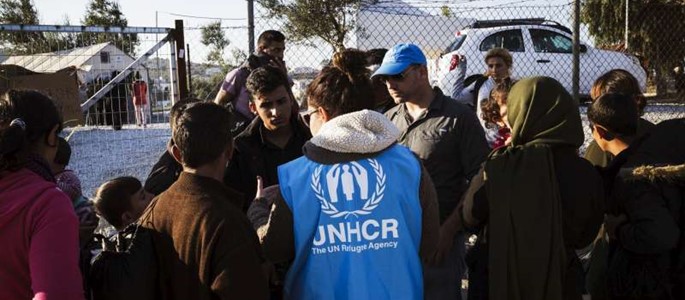Germany will return Dublin cases to Greece, Italy builds detention centers
Pressure on asylum seekers in Greece and Italy is increasing during freezing winter cold
Dublin procedures involving transfers to Greece have been formally suspended by the German Ministry of Interior since January 2011. However, with the latest decision of the Ministry the suspension of Dublin procedures to Greece is set to end on 15 March 2017.
This is the date presented by the European Commission as the starting point for the reinstatement of Dublin procedures vis-à-vis Greece in its latest Recommendation. In accordance with the guidance of the Commission, Germany has clarified that vulnerable asylum seekers, including unaccompanied children, will not be subject to such procedures at the moment.
The decision to reinstate transfers comes at a time when the Greek authorities face substantial challenges in ensuring an adequate reception system, resulting in unprecedentedly dire living conditions for refugees. On the islands, severe overcrowding and low winter temperatures have exposed people to health risks and suffering, while UNHCR has urged the authorities to rapidly transfer people out of the islands. On the mainland, despite ongoing winterisation efforts, living conditions in most camps remain dire, services very limited and of low quality and no Standard Operating Procedures or management accountability system is in place, as recalled by a joint letter by the Greek Council for Refugees, Aitima, SolidarityNow and ECRE.
Germany remains by far the largest operator of the Dublin system. It issued a total 44,288 requests to other countries in 2015 and 24,029 in the first half of 2016. Other Member States such as Belgium have also voiced support for a reinstatement of transfers to Greece, while Hungary has already initiated procedures to return asylum seekers thereto. In several cases, interim measures were successfully obtained by the European Court of Human Rights to halt transfers.
Large-scale expansion of detention centers in Italy
Following Italy’s change of government, a Circular outlining a stricter policy on migration control by the Head of the Italian Police was distributed to police authorities across Italy. One of the measures was large-scale use of detention to control irregular migration and promote returns to third countries.
The Circular echoes the latest position of the Ministry of Interior, which has committed to an expansion of detention centres (CIE) with reference to a target of one CIE in every Italian region. At the end of 2015, 7 CIE were operational across the country according to the Roadmap on Relocation.
ASGI has sharply criticised the proposal for yet again encouraging the reopening of detention centres despite the widely acknowledged failure of such policies in the past. High costs, degrading conditions and limited impact on returns have been highlighted by various political bodies, including the Senate, and have led previous governments to dramatically reduce the number of CIE in the country. On the other hand, the “hotspot” approach has reinvigorated systematic resort to detention, leading to critical violations of human rights against refugees and migrants entering Italy.
Italy was the main country of first arrival in the EU last year, reporting a total 181,436 arrivals by sea.


